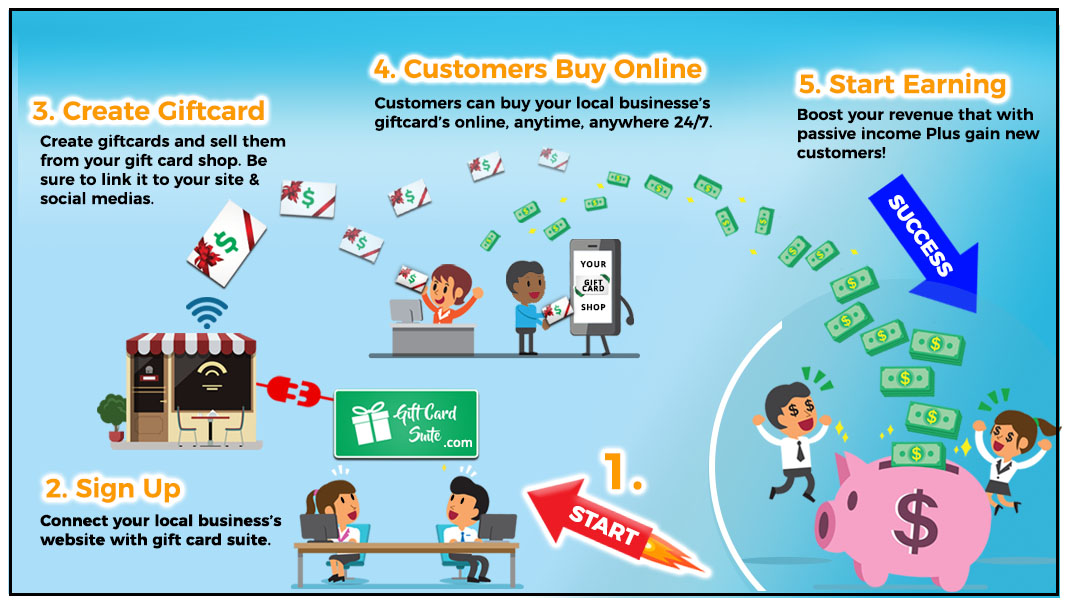Engraved glass products can convey a sense of elegance, sophistication and brand name identification. Font option plays a vital duty in developing the tone of an inscription, specifically when developing corporate gifts or milestone celebrations.
Modern sans-serif fonts use a well balanced aesthetic for inscriptions that share innovation or forward-thinking brand identifications. Try pairing them with classic serifs to bring a much more imaginative flair to your layouts.
1. Flared or Flowing Details
Inscribing on glass provides a selection of layout options. For rounded objects, such as containers or jars, utilizing a rotating accessory permits constant and also engraving throughout the surface area. Engraving from the inside of the glass allows an extra subtle, decorative appearance or perhaps a full-color paint fill.
Playful typefaces stimulate energy and charm, making them excellent for brands that aim to attract attention and resonate with audiences. The overlapping, interlacing and weaving of letterforms develop a sense of motion or deepness in typography that records the audience's interest and intrigue.
Readability is a vital factor to consider when selecting a typeface for glass engraving. Choosing the best size, weight and spacing enables simple analysis at any kind of angle or range. Font design additionally plays a role, with script and attractive typefaces supplying an official or elegant look, while handwritten fonts offer a much more individual touch. Variable typefaces make it possible for designers to incorporate a variety of styles and weights in a single file, which helps maintain consistency and ensures that the text or graphics are still legible.
2. Warped or Distorted Type
Embedding distorted text within a design is an effective way to add character and make the design stand apart. This style has become particularly popular for logos and short taglines, as it gives off a sense of personality while additionally showing up modern-day and unique.
Glass distortion is a common problem that can occur during manufacturing, processing or installation of curved glass panels. It can be caused by the flat panel being rolled into a curved shape, bending the glass while heating it or during installation.
One means to lower the incident of glass distortion is by utilizing a high-grade bent laser engraving maker with a rotary attachment. This approach permits you to map the surface of the curved panel with a pen and afterwards determine the distortion. Later on, you can use this information to develop proper tolerances for the curved panel. This process is time consuming, nonetheless, and would certainly be much more efficient if maybe automated.
3. Loosened up Typography
As homes and workplaces shift towards minimal appearances, etched glass uses a sophisticated alternative for adding appearance to a room. Its subtle beauty is excellent for a contemporary interior design and complements the most up to date glass production trends.
Using CNC laser modern technology, elaborate patterns can be engraved right into glass surfaces, with designs varying from geometric to natural. This freedom permits developers to create one-of-a-kind, imaginative work and cater to a variety of applications.
Unlike various other decorative products, personalized glass is appealing and interacts with light to change the atmosphere of an area. This particular draws in a particular niche market of collection agencies and elevates glass wares to the condition of art. The international glass etching market is growing as a result of the rising need for customized gifts and bespoke building elements. Technical developments and the surge of on the internet industries are additionally driving market development. However, the high preliminary investment prices of advanced glass inscribing devices restrict market penetration.
4. Unintelligible Type
Personalized glass is a stunning and useful type of art that stimulates a sophisticated feel. From engraving the groom and bride's names on wedding event sparkling wine glasses to producing company awards, inscribing glass is a prominent and functional way to develop an unique item for personal or business use.
Glass inscription is generally done by utilizing one of a number of techniques, consisting of sandblasting, acid etching, and laser inscription. Sandblasting is commonly used for high-volume manufacturing, balancing cost-effectiveness with high quality, while acid etching provides greater degrees of detail and accuracy for even more premium applications. Laser inscribing offers one of the most adaptability and speed for mass modification of glass products, driving development in the sector.
Choosing the ideal laser engraver for glass can make all the difference in your completed item. The Gweike Cloud Pro, for example, is a terrific selection for professional glass laser inscription, with its industrial-grade parts, curved inscription capacities, and smart batch handling. Including dampened paper towel or application tape to your work area can likewise aid avoid the surface area from coming to be rough, making sure a smoother and extra consistent best engraved wine glasses engraving.
